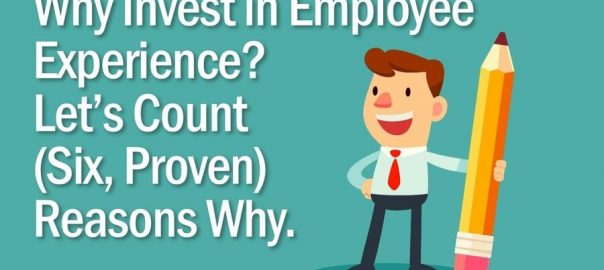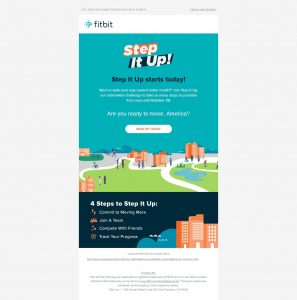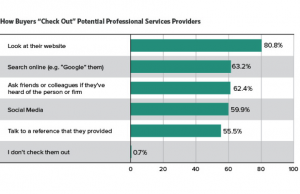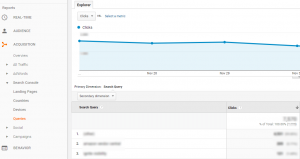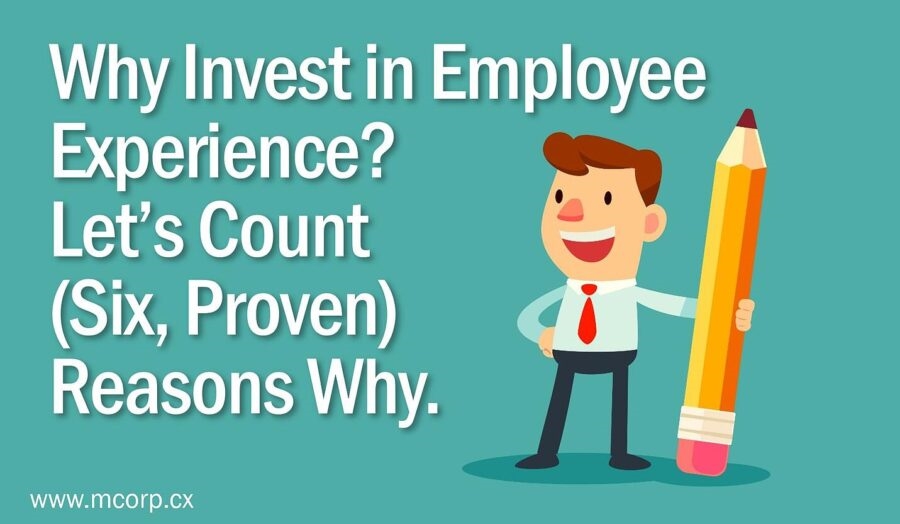
Employee and workforce experience (EX for short) matters just as much as customer experience (CX). Unsurprisingly, the two are inextricably linked: Good EX consistently leads to good CX and vice versa.
The fact is, employee experience is too important to overlook. That’s as clear to us as it is to most business leaders. But in a world of finite resources and competing priorities, the employee experience is often passed over.
Deloitte notes that 80% of executives rate EX as important for their company. Good, right? Unfortunately, only 20% feel that their EX actually is excellent.
That shouldn’t happen — because improving EX has significant, measurable value to any organization. But don’t just take my word for it. Research points to six of the many reasons you should prioritize employee experience improvement in your business.
1. Less Employee Turnover
Great employee experience empowers your people and gives them a satisfying workplace. So it’s no surprise that employees stay at EX-leading firms and bring other good employees with them.
Case in point: IBM found that while only 21% of employees would leave a company with great EX, nearly half intend to leave companies with lackluster EX.
Similarly, the American Psychological Association reports that very few employees would leave an organization if they felt that the leadership was fully invested in their experience, and 89% would recommend their workplace to others.
According to author Jacob Morgan in The Employee Experience Advantage, EX leaders have 40% less employee turnover than their competitors.
2. Better Employee Work Performance
Another common outcome of excellent EX? Happy, productive employees. It’s simple, really: Employees who know they’re valued work harder, even without managerial supervision.
According to one study by the Social Market Foundation, happy employees are 20% more productive than negative ones.
In Harvard Business Review, Morgan had more to add to the argument: All else being equal, EX leaders are 25% smaller than EX laggards, suggesting that employees of EX leaders are far more productive.
Here’s why: IBM found that EX leaders’ staff put out 95% effort when left to their own devices, while EX laggards’ workers put out just 55%. Salesforce agrees, noting that employees who feel their voice is heard (a hallmark of good EX) are 4.6 times more likely to “give it their all” at work.
3. Greater Revenue And More Profits
EX leaders enjoy a lot of benefits, but most importantly, they have growing top-and-bottom lines and better operating margins, consistently outperforming peers with lackluster employee experience.
For one thing, Gallup reports that disengaged employees can cost companies between $ 450 and $ 550 billion dollars a year. Put another way, the happier your employees, the lower your operating costs.
And as important as better margins are, topline growth and better ROI on investments are key targets as well.
IBM notes that EX leaders enjoy a double return on sales and a triple return on assets, compared to EX laggards, and MIT sees that EX leaders have 25% higher profits than their less-EX-focused competitors.
And don’t forget market value: Accenture finds that EX leaders beat out the average S&P by 122%.
4. Increased Employee Engagement
Companies spend millions on employee engagement, often getting little in return. Why? Because much of that investment goes toward short-term benefits or programs that boost scores briefly rather than investments in things like employee experience.
Yet that’s where employee engagement dollars should go. According to Gallup, better employee experience leads to greater employee engagement. And in a work world where only 34% of employees feel that they’re engaged at work, employee experience improvement is a clear priority.
This is unsurprising, given that a Temkin Group report notes that “companies with stronger financial performances and better customer experience have employees who are considerably more engaged than their peers.”
5. Better Customer Experience
Again, better employee experience drives better customer experience. When employees are happy, customers are happy, too.
Case in point: MIT research shows that businesses in the top quartile on employee experience have double the customer loyalty of those companies in the bottom quartile.
In fact, customer experience leaders have 1.5 times as many engaged employees as customer experience laggards. The better your employee experience, the better your customer experience is as a result.
6. Increased Innovation
In a world of ever-smarter customers and their expectations of “digital-first-but-not-digital-only” experiences, there’s a need to drive innovation across companies, industries and sectors. Innovation isn’t just a nice-to-have capability. It’s a survival tool.
Good thing, then, that leading companies focus on employee experience, since MIT found that EX leaders’ employees innovated twice as often as employees from EX-lagging businesses. And Harvard Business Review reports that those organizations that invested most heavily in employee experience are included in Fast Company’s Most Innovative Companies list 28 times more often than laggards. Add to this the fact that EX leaders appear 2.1 times more frequently on Forbes’ list of the World’s Most Innovative Companies, and it’s clear that the linkage between EX and innovation is more than just a trend.
“It’s not an accident that the best places to work are also the places that make the most money.”
Nearly 20 years ago, Gordon Bethune, former CEO and chairman of Continental Airlines, gave this quote to The New York Times following an impressive corporate turnaround. Not only are these words as relevant today as they were in 2001, they are a good reminder for all executives that designing and delivering a great employee experience is not only good for your people, but it’s good for your business as well.
First appeared on Forbes, March 2020
Business & Finance Articles on Business 2 Community
(59)
Report Post